10 Things You Didn’t Know About Bats
Bats usually get cast as spooky night dwellers who dart through the dark or hang upside down in attics. But there’s a lot more to them than Halloween stories suggest. Here’s a look at the surprising facts that show just how smart, useful, and unique bats really are.
Wings Built Like Hands
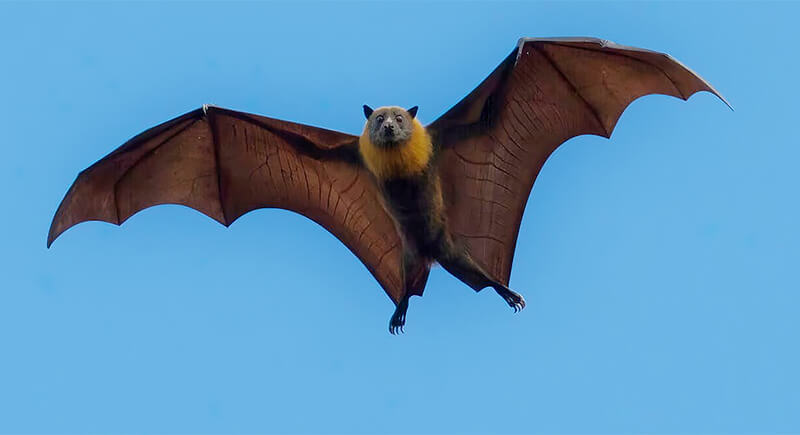
Credit: pexels
A bat’s wing is built like a hand. Long, jointed fingers stretch beneath a paper-thin membrane, which allows the bat to twist, hover, and dive with precision. It’s the reason bats can fly nonstop rather than glide like flying squirrels or sugar gliders.
Tiny Mammals With Big Diversity
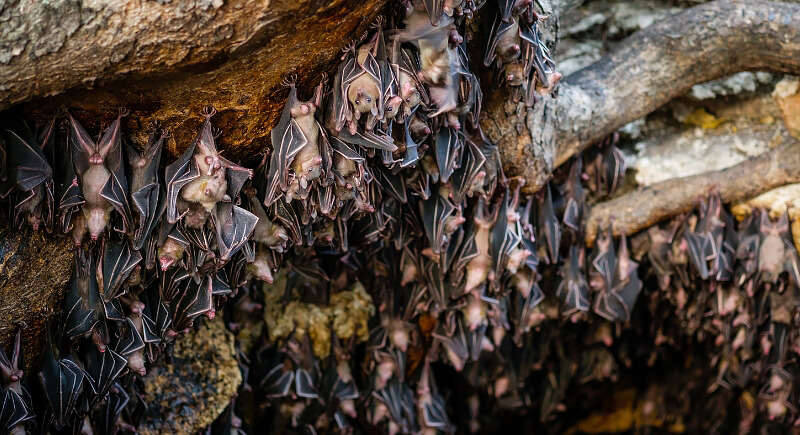
Credit: Getty Images
More than 1,300 bat species live across nearly every continent, so they’re one of the most widespread mammal groups after rodents. Some are lighter than a penny, others have wingspans wider than a human arm. That range allows bats to thrive in forests, deserts, and cities alike.
More Than Just a Midnight Snack

Credit: Getty Images
Every night, tropical skies fill with bats visiting flowers for nectar. As they feed, pollen sticks to their fur and catches a ride to the next bloom. Later, their droppings scatter seeds that help new plants grow. Thanks to these nocturnal gardeners, foods like bananas and mangoes continue to flourish in forests and farms alike.
Masters of the Hang
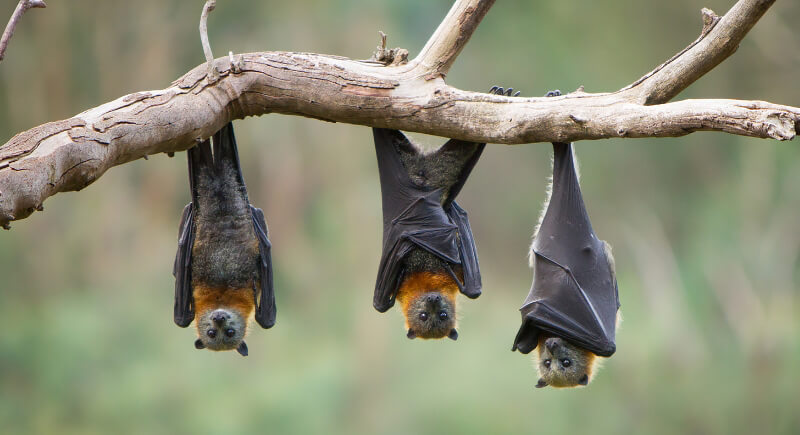
Credit: Getty Images
Resting upside down might look odd, but for bats, it’s easy. Their tendons lock in place so they can hang for hours without effort. When startled, they don’t waste a second. They just drop and start flying. Perching high keeps them safe from predators.
Eyes That Work

Credit: Getty Images
The old saying “as blind as a bat” misses the mark completely. Fruit bats, in particular, have sharp eyesight that helps them spot ripe fruit under moonlight. Many combine that vision with echolocation to move through the night with ease. Bats might just see the world differently, and that’s their advantage.
Vampire Bats Are Real
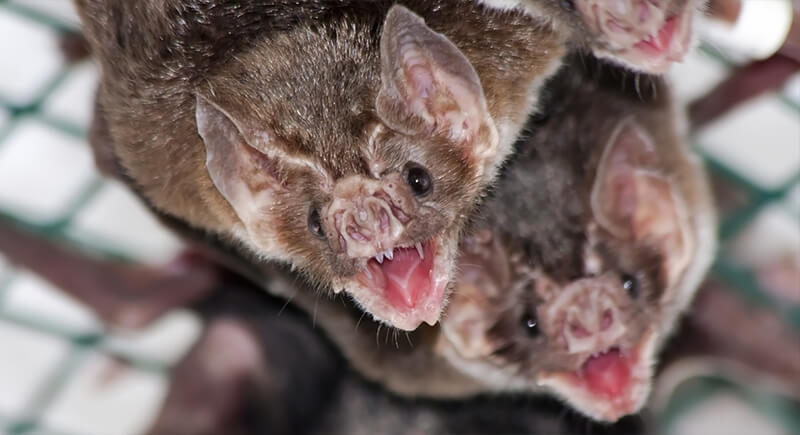
Credit: Wikimedia Commons
There really are bats that drink blood, but only three species in the world do it. These vampire bats usually target livestock and take a few painless sips before moving on. Most bats stick to insects, fruit, or nectar.
Nature’s Pest Control
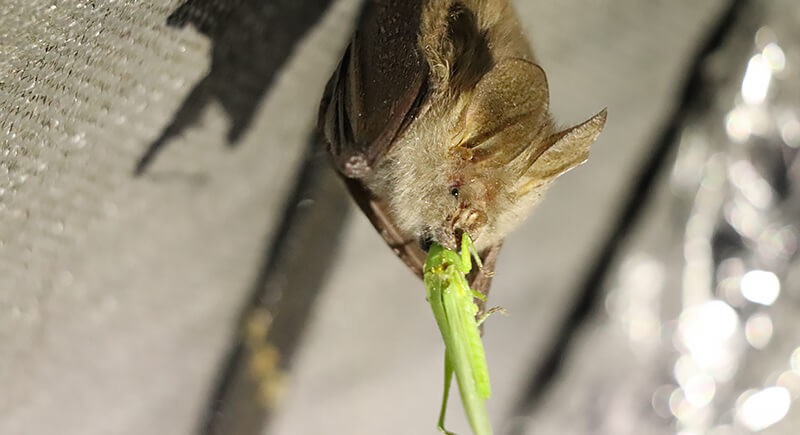
Credit: iStockphoto
A single bat can eat thousands of insects in one night, wiping out mosquitoes, moths, and crop pests along the way. Farmers benefit from their nightly hunts because there’s less damage due to chemicals.
Speedsters of the Night
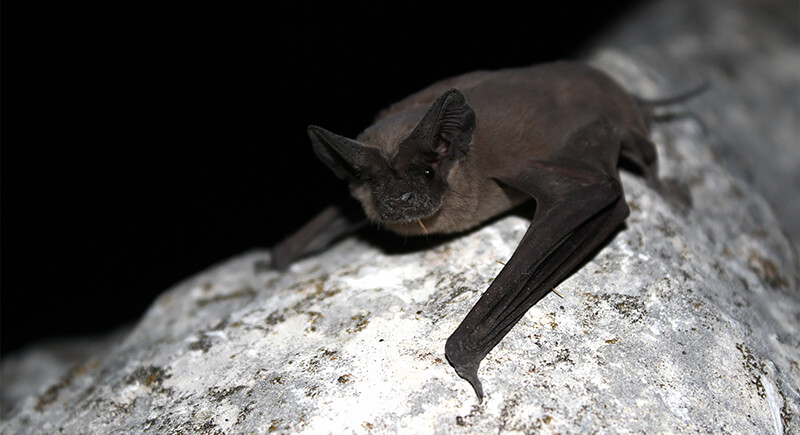
Credit: Wikipedia
Not every bat drifts through the dark at a lazy pace. The Mexican free-tailed bat, one of nature’s fastest flyers, can reach about 60 miles per hour chasing prey. Its sleek shape and narrow wings turn it into a living dart.
Disease Threats More Than Predators
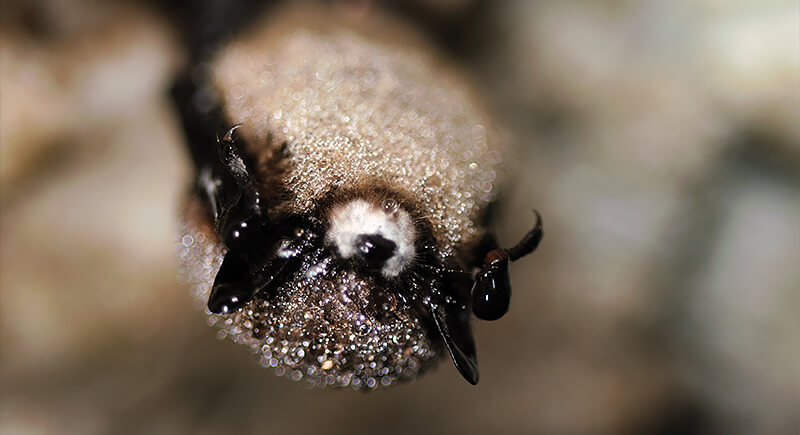
Credit: Wikimedia Commons
Few animals prey on bats, but disease has become a much greater threat. A prime example is white-nose syndrome, a fast-spreading fungus that has wiped out millions of bats across North America. Without bats, pest numbers rise and crops suffer, so protecting them means protecting the systems that depend on them.
Longest Lifespan Among Small Mammals
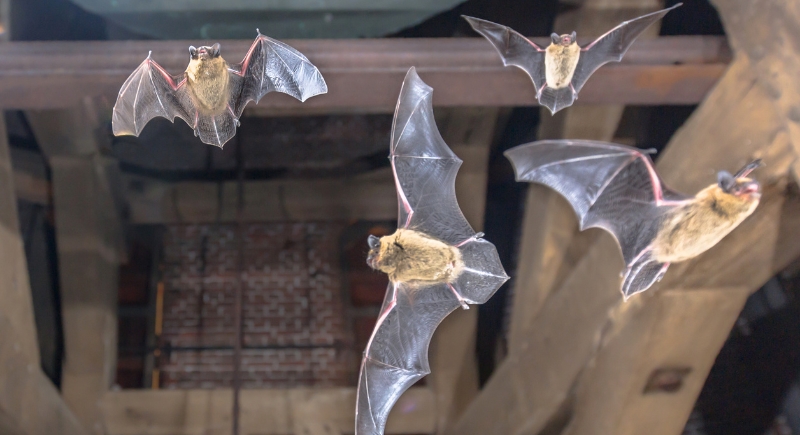
Credit: Getty Images
For animals their size, bats live surprisingly long lives, with some reaching past 30 years. Scientists link their longevity to low metabolism, strong immune systems, and energy-efficient flight. It’s rare for small mammals to age so gracefully, and bats have managed it for millions of years by balancing activity and rest in perfect measure.